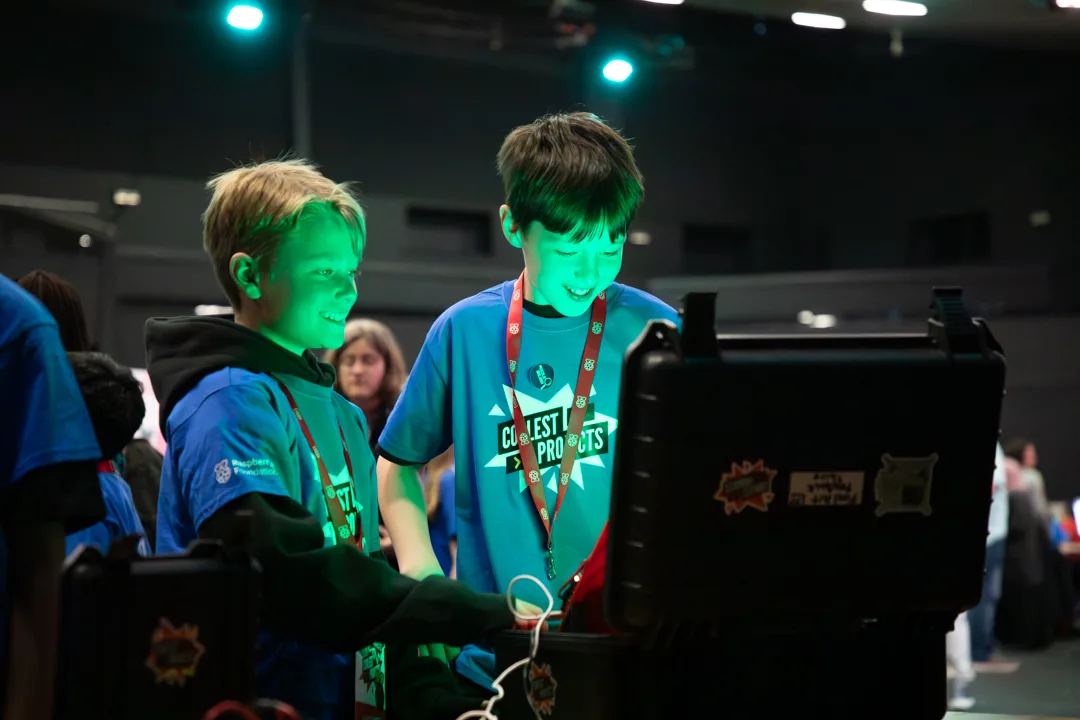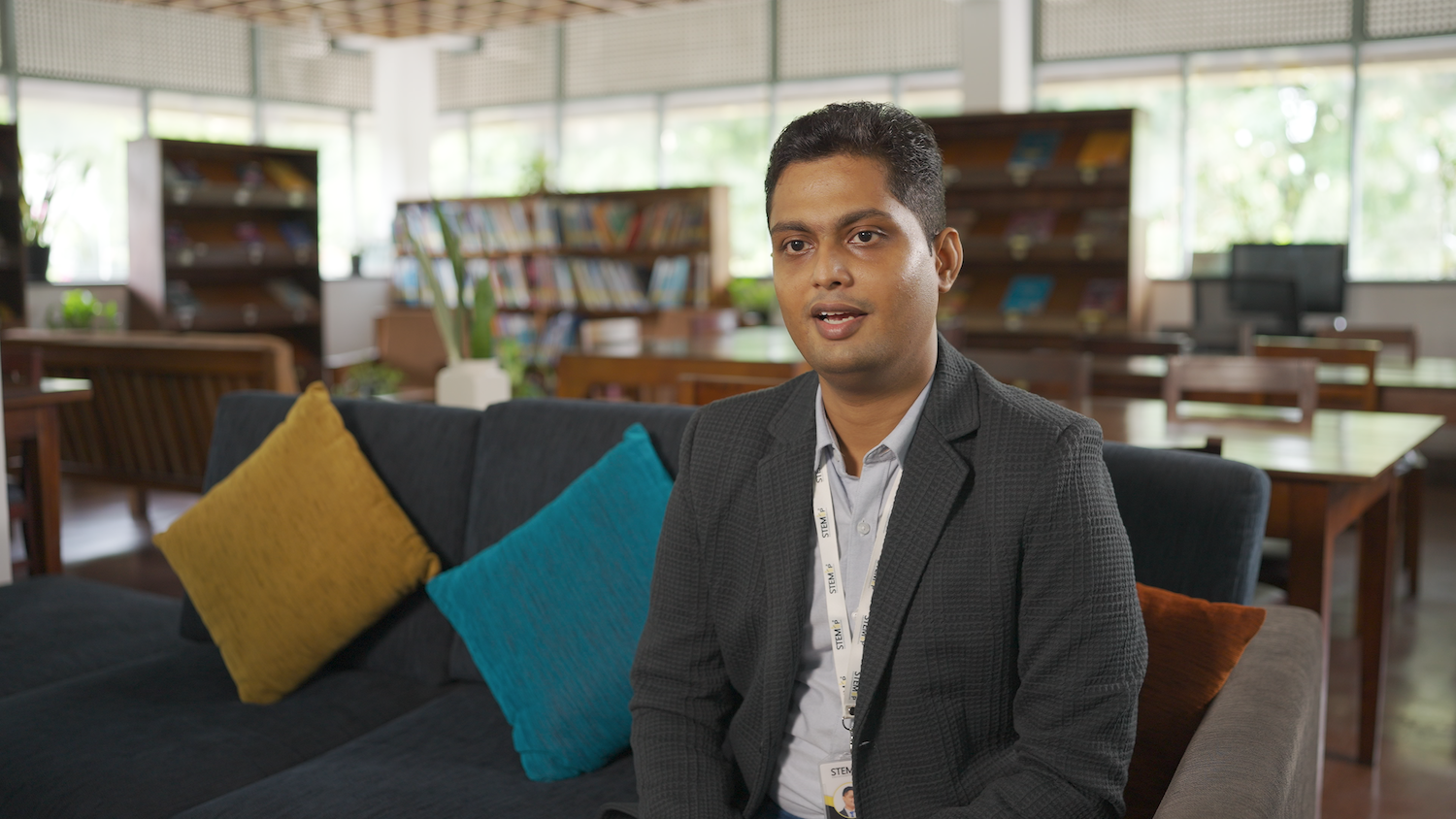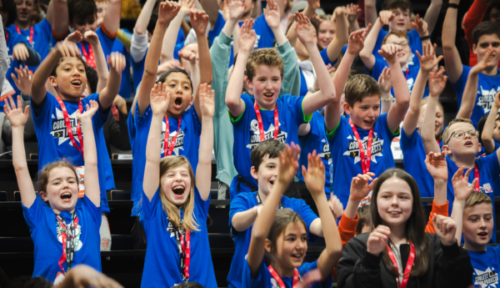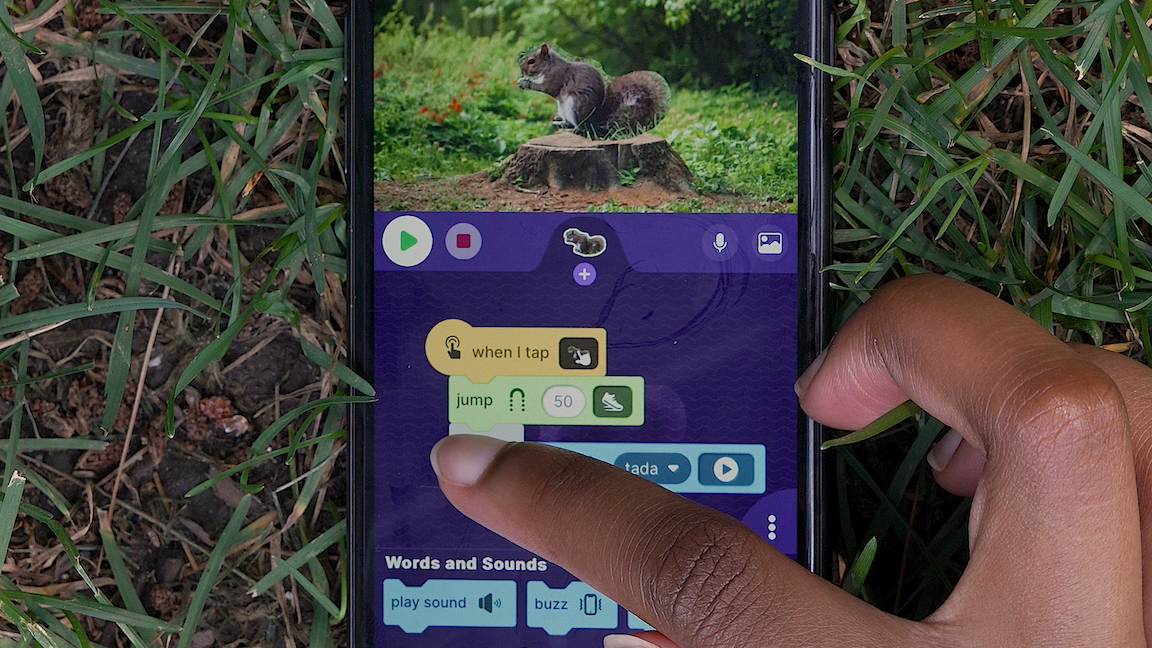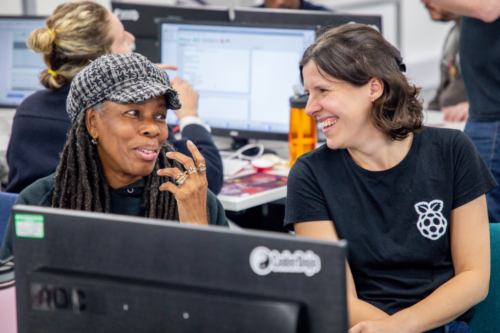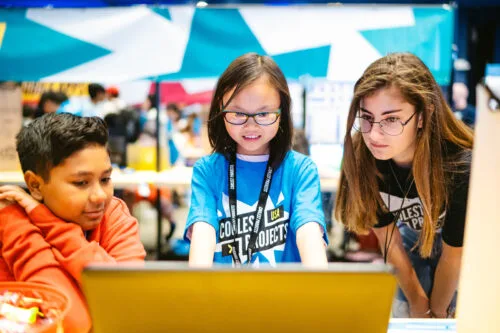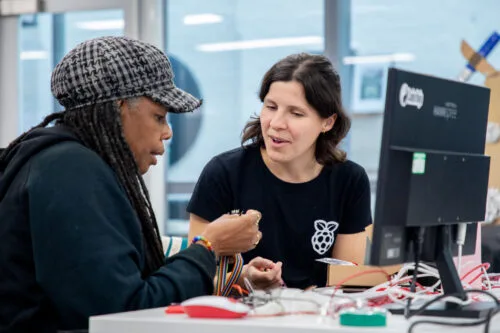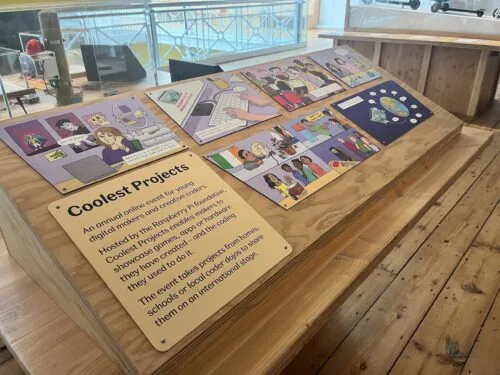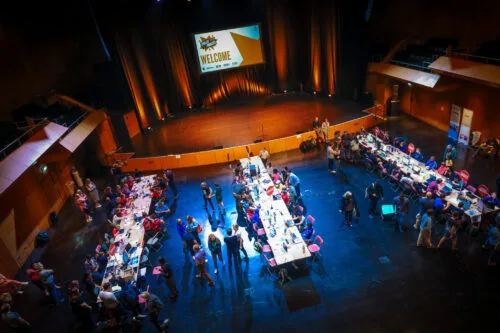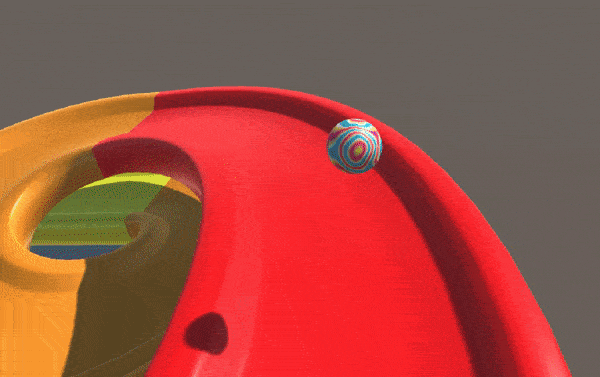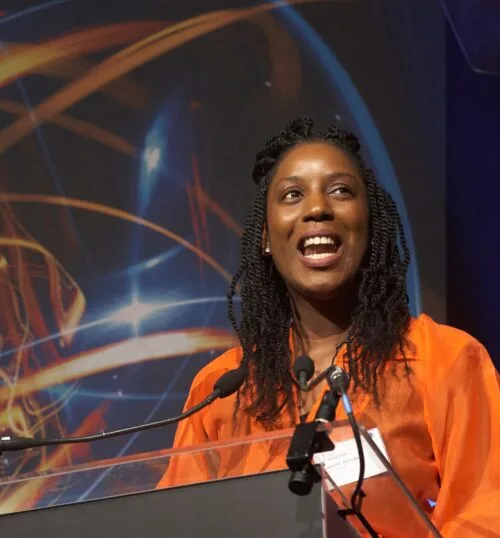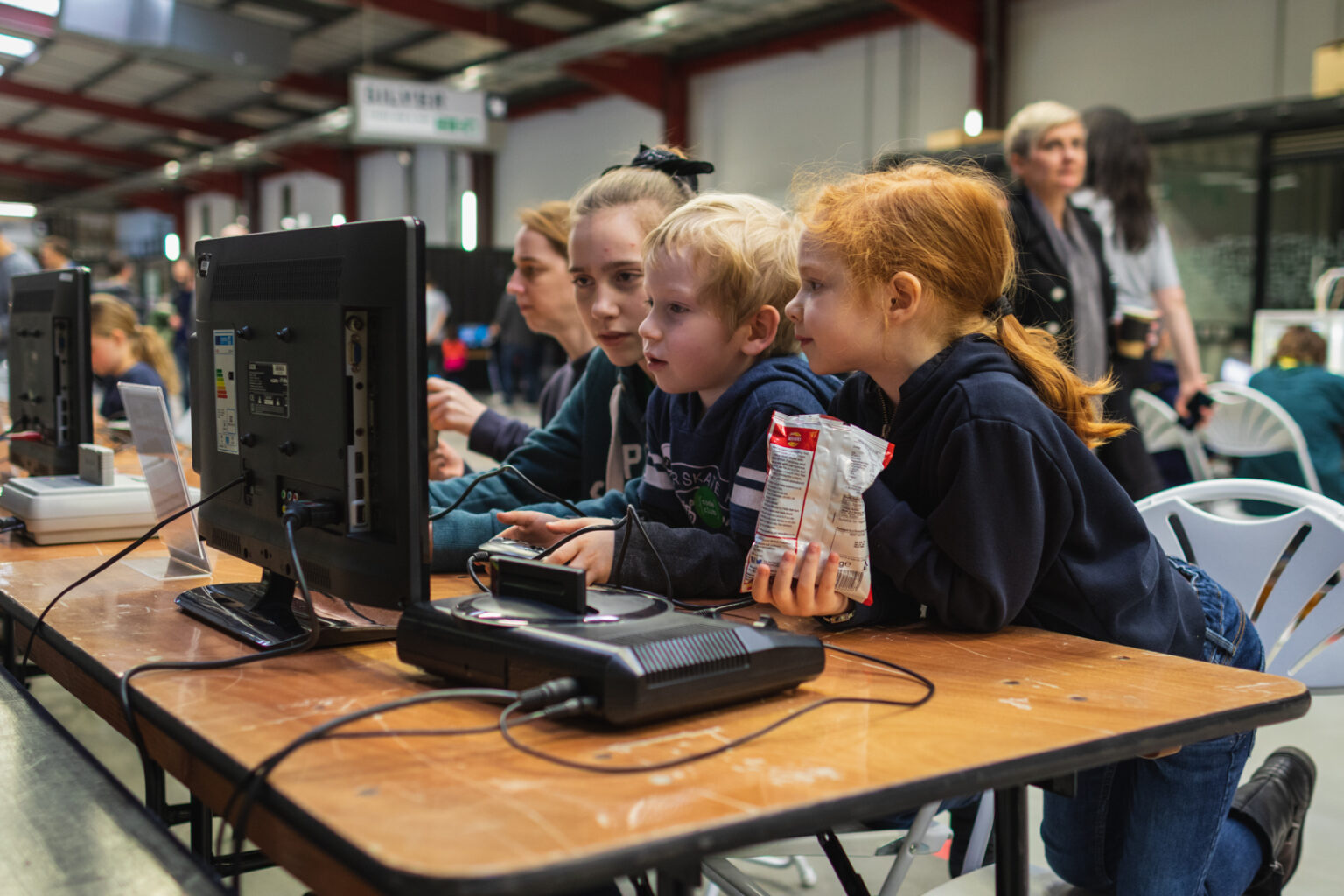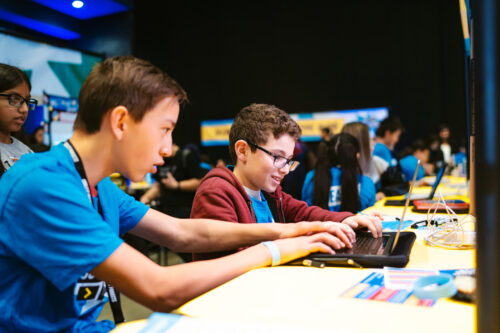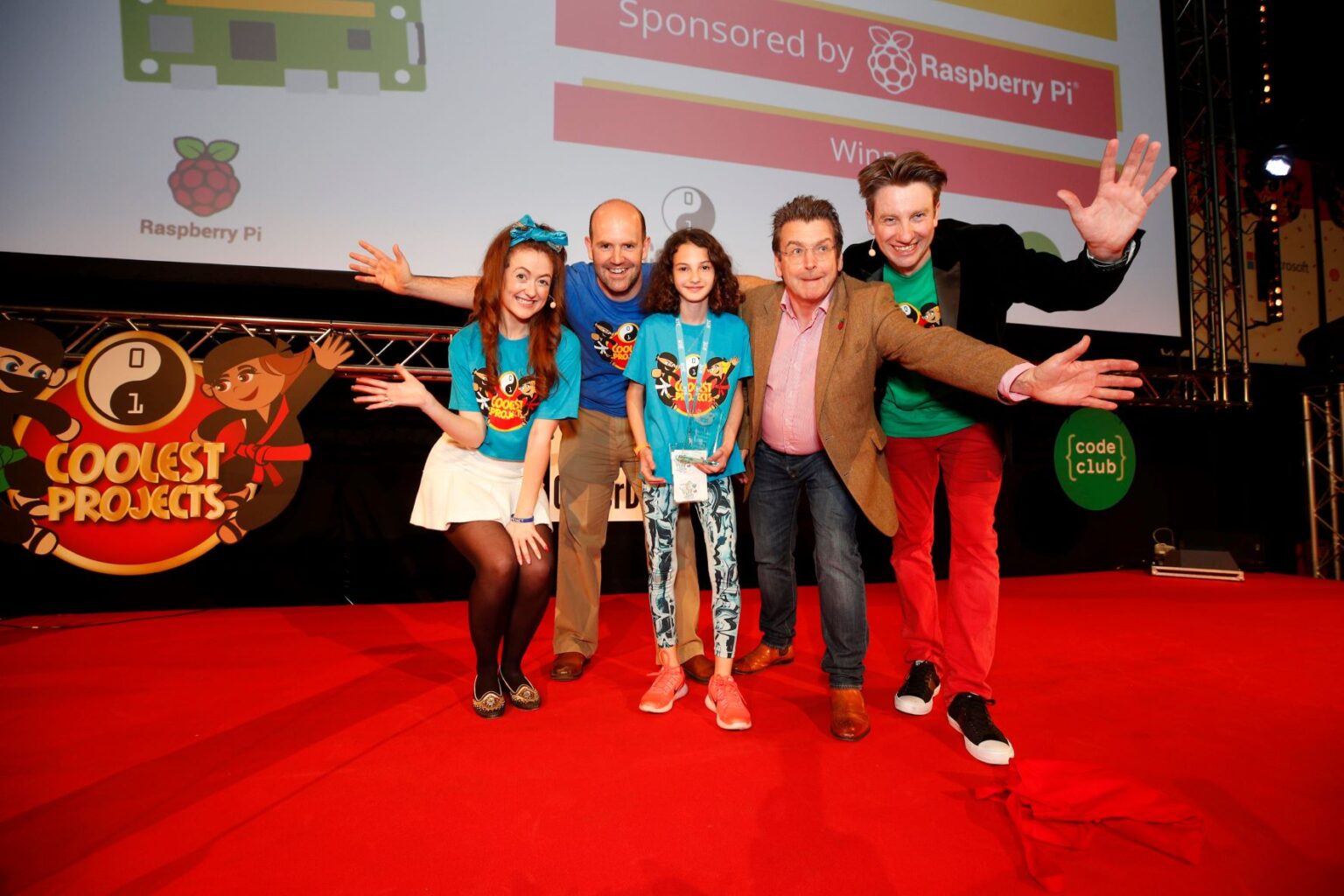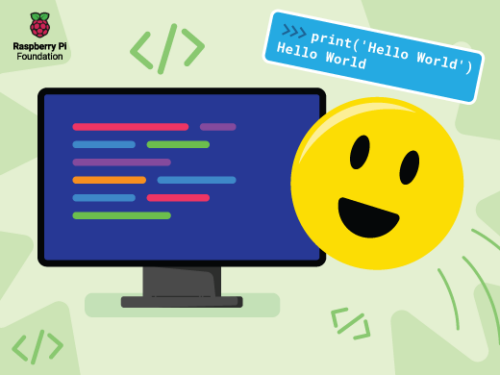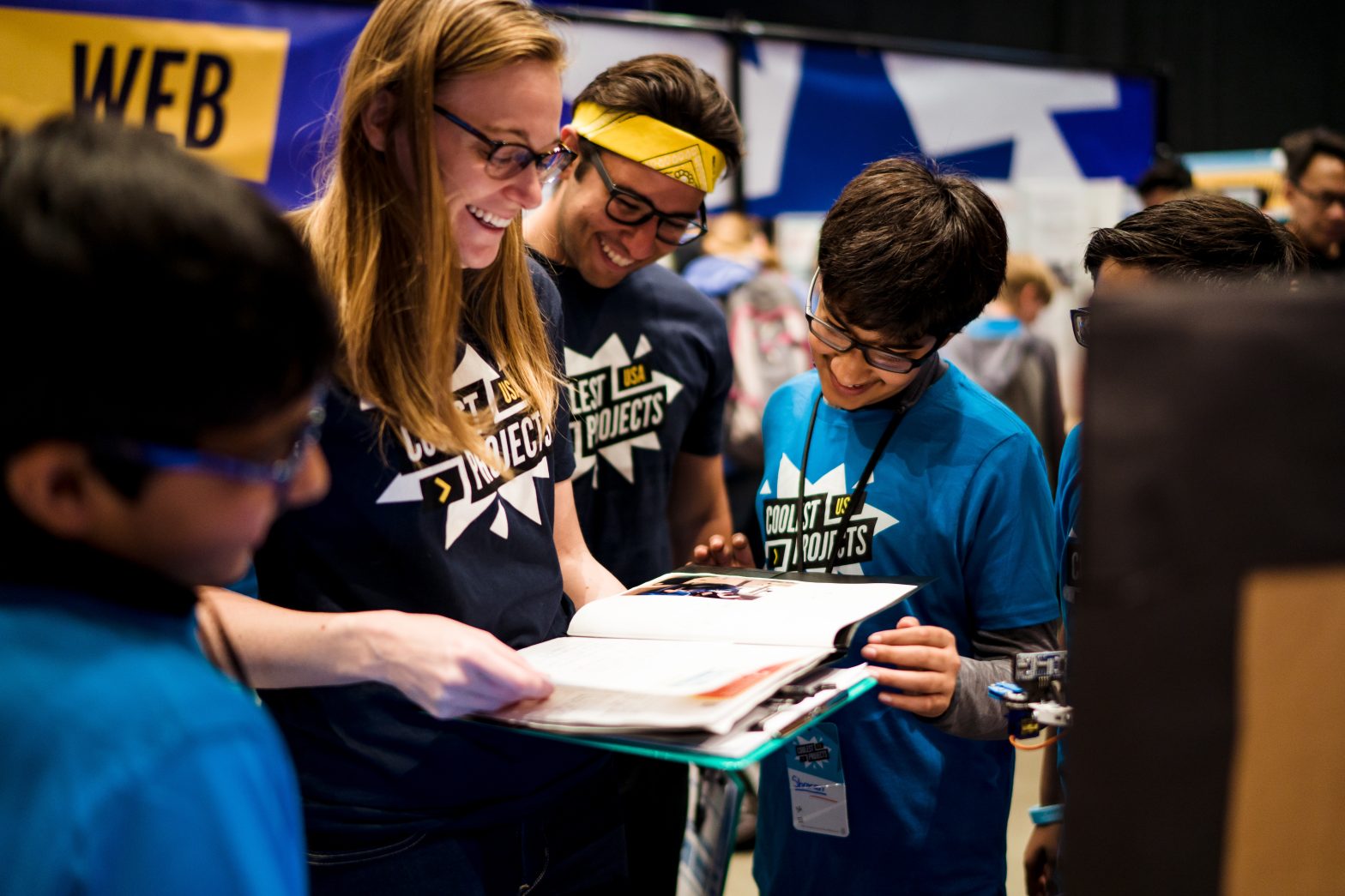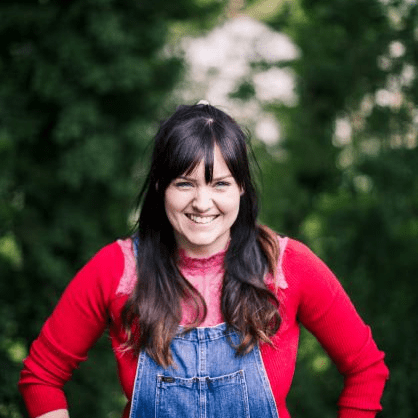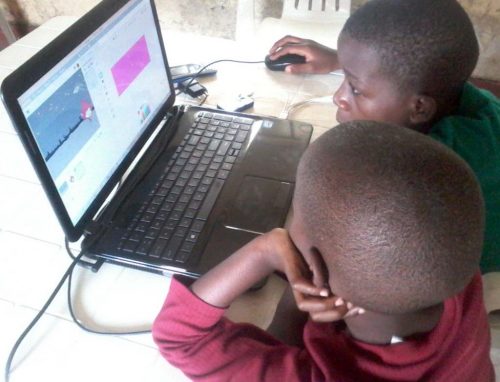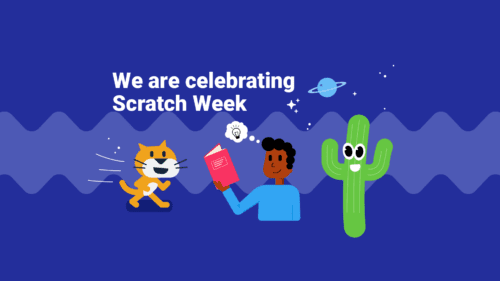Schlagwort: digital making
-

Young tech creators take over Bradford at Coolest Projects UK
Reading Time: 5 minutesBradford was buzzing with excitement this May as over 170 young digital makers from across the UK gathered for Coolest Projects UK 2025 at the Life Centre to celebrate the amazing things young people create with technology. Run by the Raspberry Pi Foundation and hosted by BBC science presenter Greg Foot, the…
-

Celebrating young tech creators at Coolest Projects Ireland 2025
Reading Time: 4 minutesEarlier this month, young creators gathered at the Sport Ireland Campus National Indoor Training Centre in Dublin for Coolest Projects Ireland 2025, an inspiring showcase of creativity, coding, and problem solving. With more than 80 participants sharing over 60 incredible projects, this year’s event highlighted the passion and innovation of young creators…
-

Entry is open for Coolest Projects 2025
Reading Time: 6 minutesCoolest Projects is our global technology showcase for young people aged up to 18. Coolest Projects gives young creators the incredible opportunity to share the cool stuff they’ve made using digital technology with a global audience. Everyone who takes part will also receive certificates and rewards to celebrate their achievements. What you…
-

Coolest Projects 2024: 7197 young tech creators showcase their projects online
Reading Time: 5 minutesOur Coolest Projects 2024 online showcase has come to a close, with 7197 young people from 43 countries sharing the incredible things they have made with code. A huge congratulations to everyone who took part! Coolest Projects is our annual global celebration of young digital creators and the cool things they make…
-

Create anytime, anywhere with OctoStudio
Reading Time: 5 minutesToday our friends Mitch Resnick and Natalie Rusk from MIT’s Lifelong Kindergarten group tell you about OctoStudio, their free mobile app for children to create with code. Find their companion article for teachers in the upcoming issue of Hello World magazine, out for free on Monday 1 July. When people see our…
-

Learning from our hybrid training programme for youth and community organisations
Reading Time: 5 minutesAt the Raspberry Pi Foundation, we aim to democratise access to digital skills and technologies. One of the ways we do this is via partnerships with youth and community organisations that deliver frontline services to young people experiencing educational disadvantage. In 2023 we delivered a hybrid training programme to 14 youth organisations…
-

Registration is open for Coolest Projects 2024
Reading Time: 4 minutesBig news for young coders and everyone who supports them: project registration is now open for Coolest Projects 2024! Coolest Projects is our global technology showcase for young people aged up to 18. It gives young creators the incredible opportunity to share the cool stuff they’ve made with digital technology with a…
-

Working with UK youth and community organisations to tackle the digital divide
Reading Time: 5 minutesAt the heart of our work as a charity is the aim to democratise access to digital skills and technologies. Since 2020, we have partnered with over 100 youth and community organisations in the UK to develop programmes that increase opportunities for young people experiencing educational disadvantage to engage and create with…
-

Celebrating young Coolest Projects creators at a London museum
Reading Time: 4 minutesEach year, young people all over the world share and celebrate their amazing tech creations by taking part in Coolest Projects, our digital technology showcase. Our global online showcase and local in-person events give kids a wonderful opportunity to celebrate their creativity with their communities, explore other young creators’ tech projects, and…
-

Celebrating young tech creators in person: Coolest Projects events 2023
Reading Time: 5 minutesIn the 2023 Coolest Projects online showcase, 5801 young people from all over the world shared the wonderful, fun, and creative things they had made with technology. But that’s not all we’ve seen of Coolest Projects this year. As well as our worldwide annual online showcase, a number of in-person Coolest Projects…
-

More Unity: Dive deeper into 3D worlds, game design and programming
Reading Time: 4 minutesOur ‘Intro to Unity’ educational project path is a big success, sparking lots of young people’s passion for 3D game design and programming. Today we introduce the ‘More Unity‘ project path — the perfect next step for young people who have completed our ‘Intro to Unity‘ path. This new free path is…
-

Celebrating 5801 young people’s digital creations at Coolest Projects 2023
Reading Time: 4 minutesAn absolutely huge congratulations to each and every single young creator who participated in Coolest Projects 2023, our digital technology showcase for young people! 5801 young people from 37 countries took part. This year’s participants made projects that entertained, inspired, and wowed us — creators showcased everything from robotic arms to platformer…
-

Register your project for Coolest Projects 2023 now
Reading Time: 3 minutesYoung creators, it’s time to share your ideas with the world! Registration for Coolest Projects is now open. Coolest Projects is an online showcase celebrating all young people who create with digital technology. From today, Monday 6 February, young people can register their projects on the Coolest Projects website. Registered projects will…
-

Combining research and practice to evaluate and improve computing education in non-formal settings
Reading Time: 7 minutesIn the final seminar in our series on cross-disciplinary computing, Dr Tracy Gardner and Rebecca Franks, who work here at the Foundation, described the framework underpinning the Foundation’s non-formal learning pathways. They also shared insights from our recently published literature review about the impact that non-formal computing education has on learners. Dr…
-

Coolest Projects Global will be back in 2023
Reading Time: 3 minutesYoung tech creators, get ready: Coolest Projects Global will be back in 2023 and we want to make this the year of your big idea! Coolest Projects Global is the world’s leading online technology showcase for young creators across the world, and we’ll soon be inviting young people to share their creations…
-

Celebrating the community: Selin
Reading Time: 4 minutesWe are so excited to share another story from the community! Our series of community stories takes you across the world to hear from young people and educators who are engaging with creating digital technologies in their own personal ways. Selin and her robot guide dog IC4U. In this story we introduce…
-

Take part in the Hour of Code
Reading Time: 5 minutesLaunched in 2013, Hour of Code is an initiative to introduce young people to computer science using fun one-hour tutorials. To date, over 100 million young people have completed an hour of code with it. Although the Hour of Code website is accessible all year round, every December for Computer Science Education…
-

Young people’s projects for a sustainable future
Reading Time: 5 minutesThis post has been adapted from an article in issue 19 of Hello World magazine, which explores the interaction between technology and sustainability. We may have had the Coolest Projects livestream, but we are still in awe of the 2092 projects that young people sent in for this year’s online technology showcase!…
-

Coolest Projects Global 2022: Celebrating young tech creators & creative ideas
Reading Time: 8 minutesCongratulations to the thousands of creators from 46 countries who participated in Coolest Projects Global 2022. Their projects awed and inspired us. Yesterday STEM advocate and television host Fig O’Reilly helped us celebrate each and every one of these creators in our online event. Check out the gallery to see all the…
-

Why we translate our free online projects for young people to learn coding
Reading Time: 4 minutesAll young people deserve meaningful opportunities to learn how to create with digital technologies. But according to UNESCO, as much as 40% of people around the world don’t have access to education in a language they speak or understand. At the Raspberry Pi Foundation, we offer more than 200 free online projects…
-

Celebrate Scratch Week with us
Reading Time: 3 minutesScratch Week is a global celebration of Scratch that takes place from 15 to 21 May this year. Below, we’ve put together some free resources to help get kids coding with this easy-to-use, block-based programming language. If you’re not sure what Scratch is, check out our introduction video for parents. Visit Scratch…
